The wastewater treatment facilities of the city of Kara-Kul are in emergency condition.
41°38’1923″N 72°38’4700″E
It is no secret that biological wastewater treatment is often not conducted. According to a report from the Ministry of Emergency Situations, about 70% of wastewater treatment facilities in the country are not operational. This is official statistics; however, specialists believe that in reality, 95% of the treatment facilities are non-functional. These problems seem to be "deservedly forgotten" because, due to the established economy, their resolution does not generate income.
In the entire country, only in the capital, Bishkek, are wastewater fully treated in a three-stage process, while in other places, large fractions, packaging, and everything that does not dissolve in water are caught using special devices, and so on, which come through the sewage networks. The chemical and biological compositions of the water remain... as they are.
Unfortunately, today the water supply system in Kyrgyzstan is in a deplorable state in many villages. Not all Kyrgyz citizens have access to tap water, and people are forced to take water for cooking and drinking from open sources.
Instances of non-compliance with wastewater treatment have been identified in the cities of Karakol, Naryn, Kyzyl-Kiya, Batken, and others. In some rural settlements, the sewage system is completely absent. An analysis of the existing systems and facilities in rural areas showed that they lack devices for sedimentation, water filtration, and disinfection. The absence of these facilities affects the quality of wastewater, which is discharged into the nearest water bodies of the settlement, leading to situations that result in outbreaks of certain diseases.
Experts acknowledge that water quality is declining. Currently, the structure of economic entities in Kyrgyzstan has changed, and accordingly, the structure of pollution has also changed. Industrial pollution has decreased, while domestic pollution, linked to the existing treatment facilities through which wastewater enters rivers, prevails. "The major rivers of Kyrgyzstan are currently experiencing significant anthropogenic impact. In the coastal zone, household and construction waste, the accumulation of plant waste, agricultural animal waste, and municipal solid waste dumps are found. This disrupts the river ecosystems, and waste is already being discharged directly into the river floodplains. Treatment facilities in Karakol, Cholpon-Ata, Balykchy, Jalal-Abad, Tokmak, Maili-Suu, Naryn, and other cities are in critical condition and need reconstruction.
The capacity for collecting wastewater in three regions is 70% of the water supply capacity. All settlements with wastewater collection systems are equipped with treatment facilities. However, many of them operate inefficiently, and some do not function at all. There is a lack of necessary control over the effectiveness of wastewater treatment.
It is no secret that biological wastewater treatment is often not conducted. According to a report from the Ministry of Emergency Situations, about 70% of wastewater treatment facilities in the country are not operational. This is official statistics; however, specialists believe that in reality, 95% of the treatment facilities are non-functional. These problems seem to be "deservedly forgotten" because, due to the established economy, their resolution does not generate income.
In the entire country, only in the capital, Bishkek, are wastewater fully treated in a three-stage process, while in other places, large fractions, packaging, and everything that does not dissolve in water are caught using special devices, and so on, which come through the sewage networks. The chemical and biological compositions of the water remain... as they are.
Unfortunately, today the water supply system in Kyrgyzstan is in a deplorable state in many villages. Not all Kyrgyz citizens have access to tap water, and people are forced to take water for cooking and drinking from open sources.
Instances of non-compliance with wastewater treatment have been identified in the cities of Karakol, Naryn, Kyzyl-Kiya, Batken, and others. In some rural settlements, the sewage system is completely absent. An analysis of the existing systems and facilities in rural areas showed that they lack devices for sedimentation, water filtration, and disinfection. The absence of these facilities affects the quality of wastewater, which is discharged into the nearest water bodies of the settlement, leading to situations that result in outbreaks of certain diseases.
Experts acknowledge that water quality is declining. Currently, the structure of economic entities in Kyrgyzstan has changed, and accordingly, the structure of pollution has also changed. Industrial pollution has decreased, while domestic pollution, linked to the existing treatment facilities through which wastewater enters rivers, prevails. "The major rivers of Kyrgyzstan are currently experiencing significant anthropogenic impact. In the coastal zone, household and construction waste, the accumulation of plant waste, agricultural animal waste, and municipal solid waste dumps are found. This disrupts the river ecosystems, and waste is already being discharged directly into the river floodplains. Treatment facilities in Karakol, Cholpon-Ata, Balykchy, Jalal-Abad, Tokmak, Maili-Suu, Naryn, and other cities are in critical condition and need reconstruction.
The capacity for collecting wastewater in three regions is 70% of the water supply capacity. All settlements with wastewater collection systems are equipped with treatment facilities. However, many of them operate inefficiently, and some do not function at all. There is a lack of necessary control over the effectiveness of wastewater treatment.


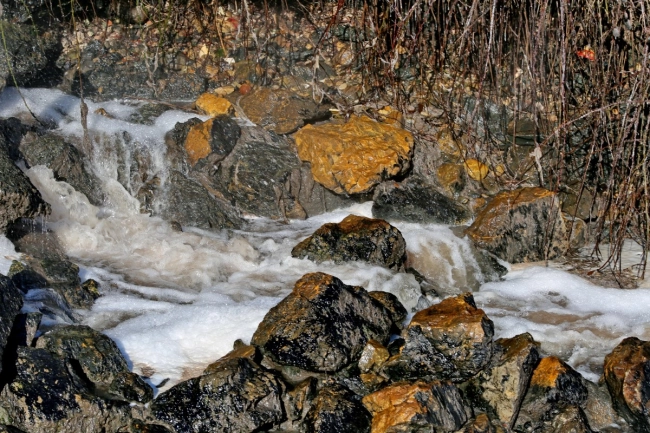

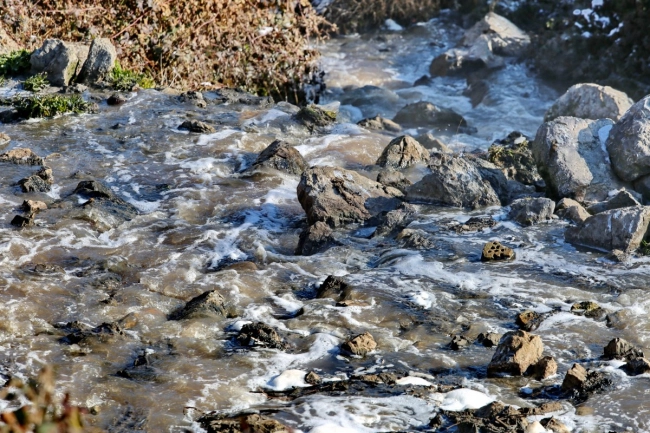
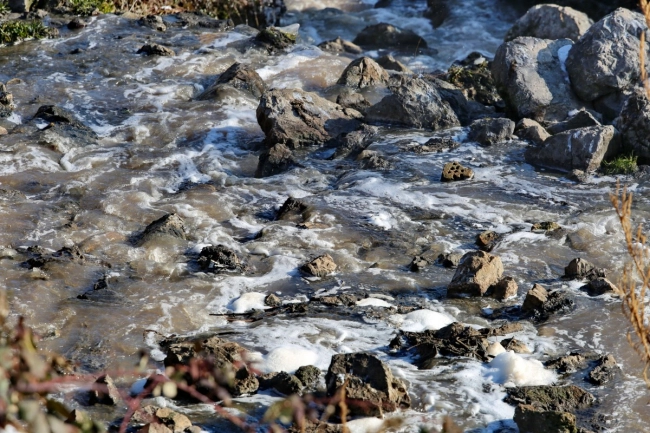


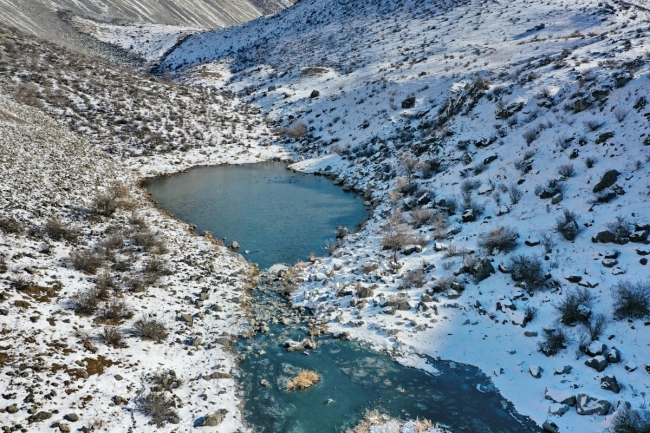

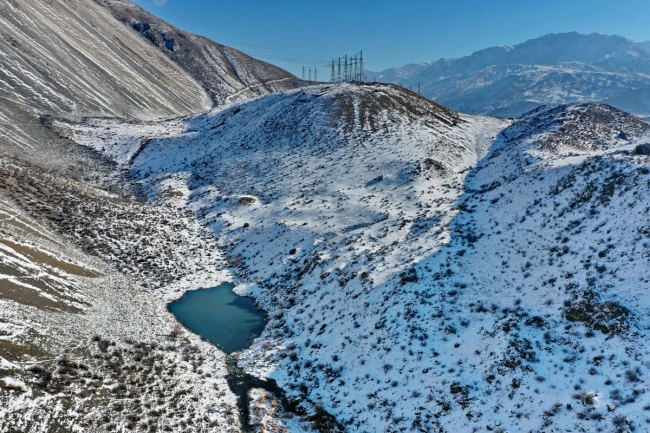
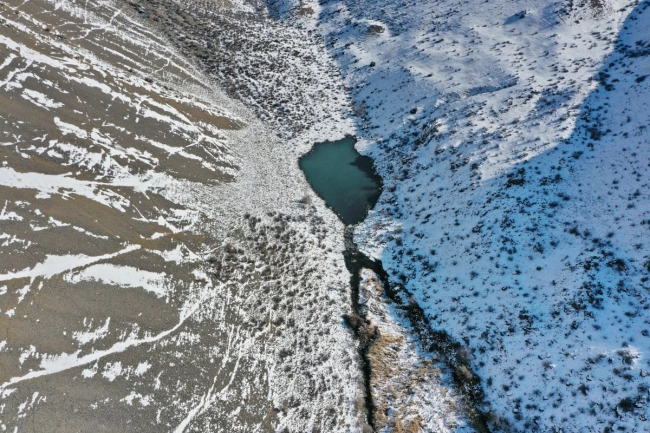
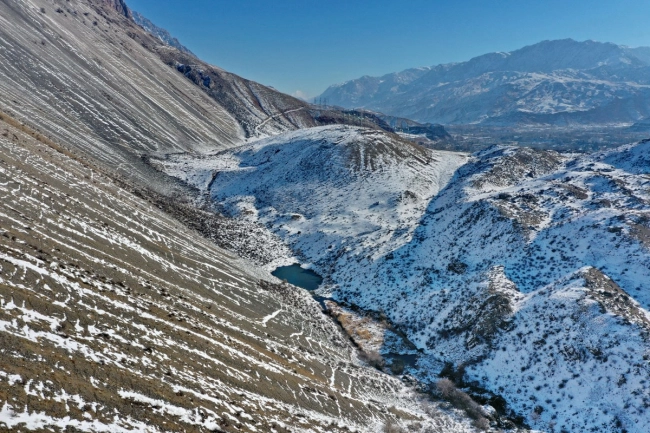
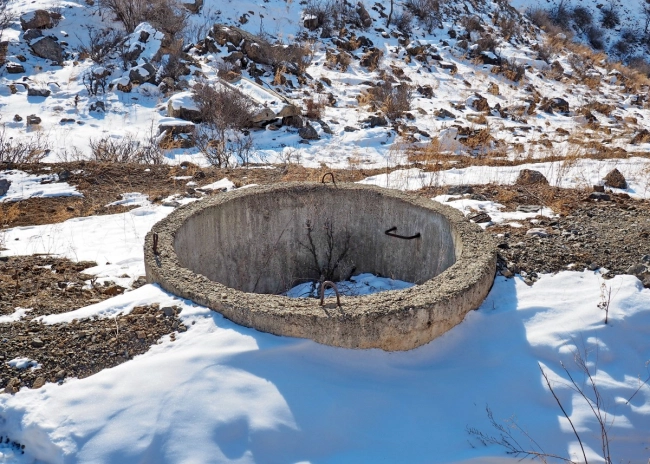
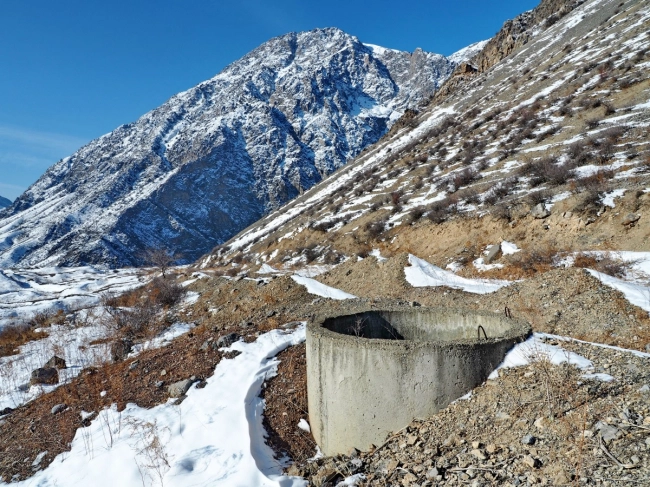

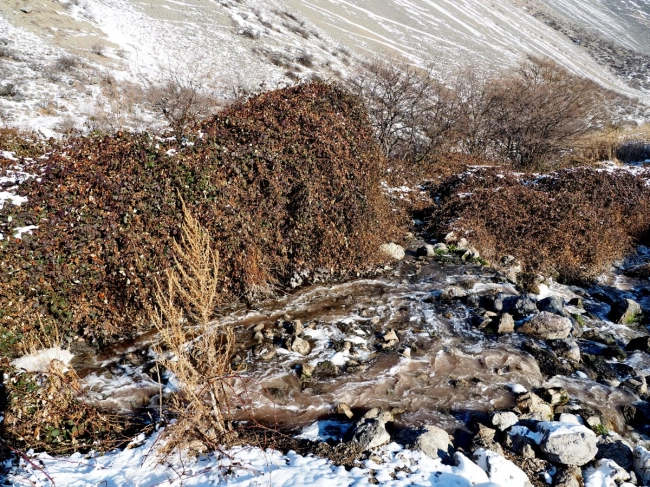
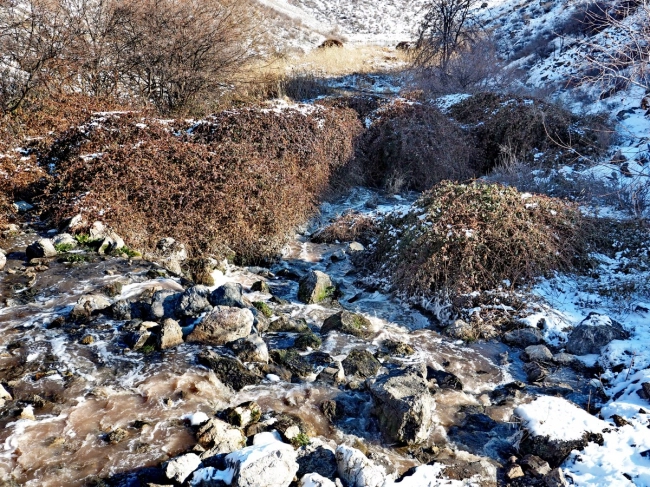

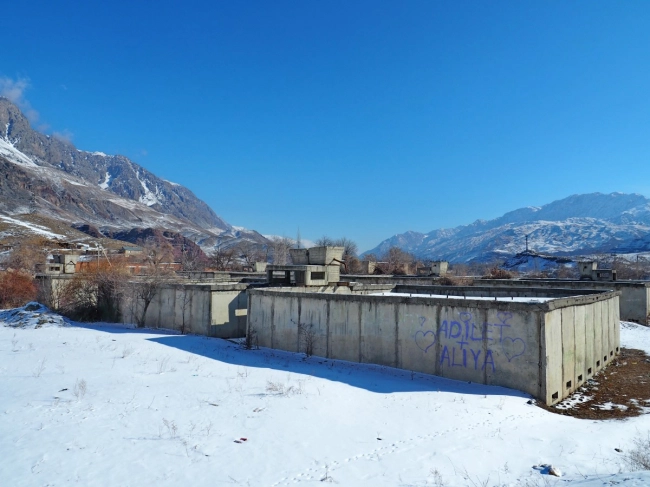
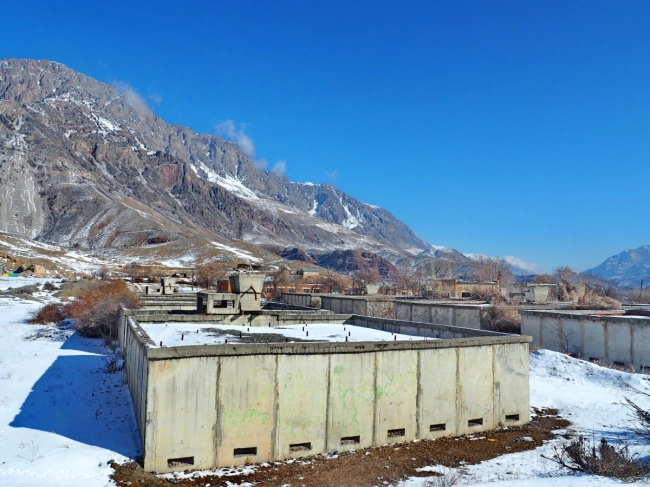


















Attention: Information based on submitted complaints